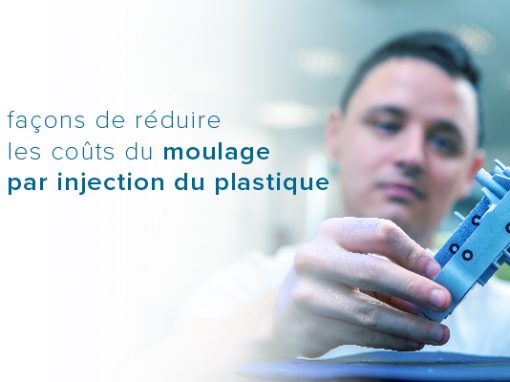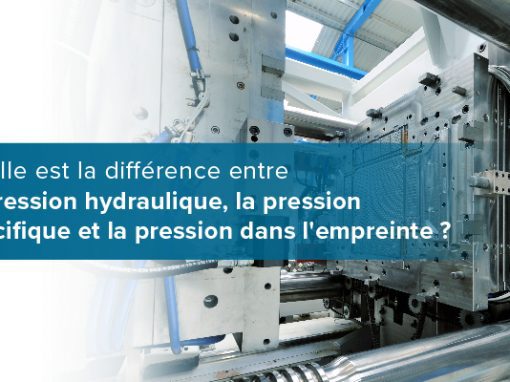Tip of the Day 134: Sequencing Made Possible with Hydraulic Screw Motor Pressure
We find that many of are customers are getting charged dearly for adding sequence outputs to a machine for screw run, injection forward and so on. If you are using a machine with a hydraulic screw motor then there may be a way to detect the screw motor running using a Lynx hydraulic sensor.
- First find out if there is a hydraulic port that is pressurized when the motor is running and has no pressure when the motor is stopped. Note that this must be the « in » side of the motor, the side with the driving pressure (not the return to tank).
- Plumb a Lynx hydraulic sensor into that port and connect its Lynx cable to the eDART via a Lynx junction box.
- In Sensor Locations name the new hydraulic sensor on the screw motor port as Hydraulic Pressure / Screw Motor ( type / location ).
While the press is running check the Cycle Graph’s « Machine Sequence / Screw Run » signal against the returning volume curve to see if it makes sense. The Machine Sequence / Screw Run signal should go off at the step in the volume curve just before suck-back (decompress) pulls the screw back.
The eDART™’s sequencer software assumes that the motor is running when is sees pressure. It assumes that the motor is running when the pressure goes above 5% of the hydraulic sensor full scale. At that time it turns on the internal Machine Sequence / Screw Run signal (see tips # 26 and 27 for an explanation of Machine Sequence vs. Seq. Module Inputs). When the pressure decreases to less than 2.5% of the hydraulic full scale the eDART assumes that the motor has stopped and turns off the Machine Sequence / Screw Run. For a 3000 psi ( ~206 bar) hydraulic sensor the « On » threshold is then 150 psi ( ~10 bar) and the off threshold 75 psi ( ~5 bar).
Together with the eDART‘s stroke signal (usually from an LER-30 Lynx stroke sensor) and the injection pressure the eDART can create most of the signals required for good data analysis, template match computation and summary variable computation. There may be some small threshold adjustments required in some cases to get the correct start and end of the injection portion of the cycle.
This method of finding screw motor motion has not been used much, though we did have it on a machine in our lab here at one time. If the pressures observed in step 1 are not workable for detecting the motor running they can be adjusted in the eDART‘s system configuration. Contact RJG support if this is necessary.

